
Understanding the 15-Minute City Concept
Summary
Reflection Questions
Journal Prompt
Are you familiar with the 15-Minute City concept? In a 15-minute city, every essential element of daily life is just a short walk or bike ride away. Originating from a desire for more sustainable and interconnected urban spaces, the 15-Minute City concept has found advocates in visionary urban planners. Let’s explore the roots and relevance of this approach to designing many cities abroad and in the U.S.
Defining the 15-Minute City
The 15-minute City is an urban planning concept and an urban innovation that aims to create complete neighborhoods where people can meet most of their daily needs within a 15-minute walking distance or bike ride from their homes. This idea promotes accessibility to essential services like grocery stores, urban schools, workplaces, school playgrounds and recreational areas, reducing the reliance on cars and fostering a more sustainable, interconnected, and community-focused urban environment. It is a form of personal freedom, created through political will to counter global warming, pollution, insufficient transportation modes, extended school hours due to non-availability of efficient transit rides and routes, and zoning restriction in urban areas.
By eliminating the need for lengthy commutes like other cities, mixed-use development not only enhances convenience but also promotes sustainability, creating vibrant neighborhoods where residents can seamlessly weave through various facets of daily life within a compact and interconnected urban environment.
Historical Context and Evolution
Ancient cities like Rome exhibited mixed-use developments, integrating living, commerce, and recreation. Ebenezer Howard’s Garden City Movement in the late 19th century envisioned self-contained communities with accessible amenities. However, it was not until Carlos Moreno coined the term in 2016 that the 15-Minute City gained formal recognition.
The concept has evolved from historical elements like proximity and mixed land use, adapting to modern challenges. Today, it stands as a dynamic response to urbanization, fostering sustainable, interconnected, and efficient urban environments.
With a goal to diminish reliance on automobiles, the concept advocates for sustainable alternatives like renewable fuels, aiming to enhance residents’ quality of life and foster environmental sustainability. Rooted in the idea of creating denser and more functional urban spaces, the concept facilitates meeting daily needs locally, minimizing the necessity for extensive commuting. Beyond reducing traffic congestion and greenhouse gas emissions, this approach promotes social interaction and physical activity, cultivating a healthier and more connected urban lifestyle.
Key Components of the 15-Minute City
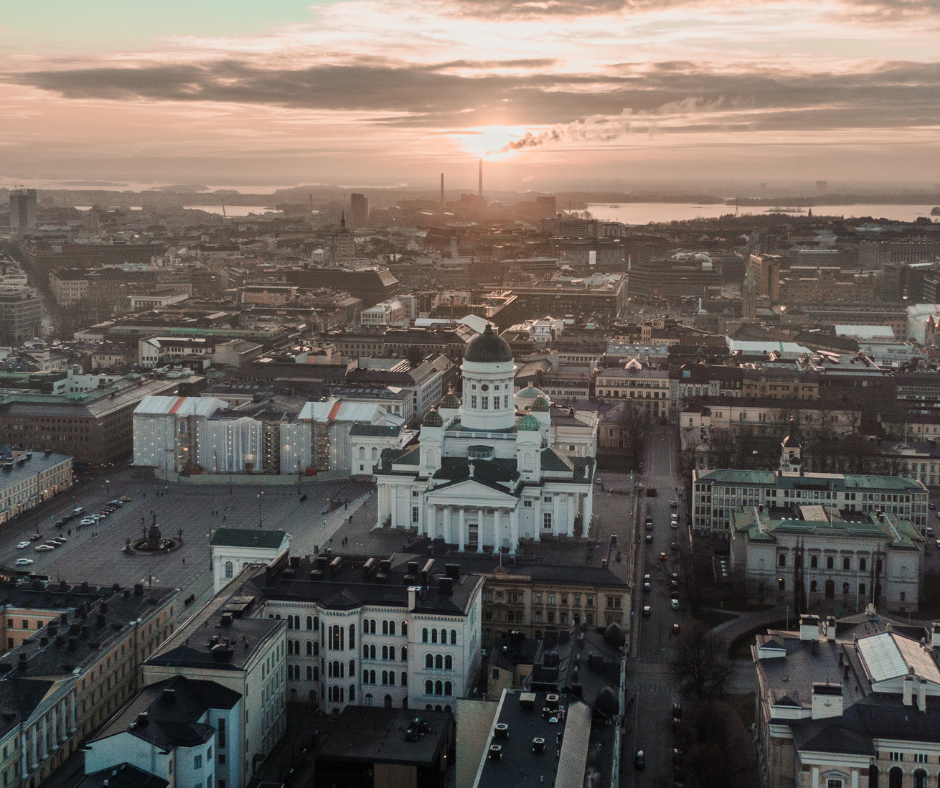
Pedestrian-friendly design and cycling infrastructure form the backbone of the 15-minute City. Streets adorned with walkways and bike lanes not only promote a healthier lifestyle but redefine the very essence of mobility. This emphasis on accessibility reflects a commitment to minimizing travel times, making essential destinations seamlessly reachable on foot or by bike.
Local Services and Amenities
Shops, schools, and parks become integral nodes strategically positioned within a short radius. This intentional co-location ensures that residents have swift access to daily necessities, fostering a sense of community and reducing the need for extensive commutes.
Sustainable Transportation
A hallmark of the 15-minute City is its emphasis on sustainable transportation. By prioritizing public transit and curbing car dependency, cities embrace a greener, more eco-conscious approach. Robust public transportation planning and networks become the lifeblood, facilitating seamless movement between neighborhoods while reducing the environmental footprint.
Community and Social Interaction Spaces
Beyond the physical infrastructure, the 15-minute City nurtures community and social interaction spaces. Parks, squares, green space, and other communal areas are strategically integrated, providing residents with inviting spaces for socializing and collective engagement. These spaces contribute to the formation of tight-knit local communities, fostering a sense of belonging and shared urban identity.
Benefits of the 15-Minute City
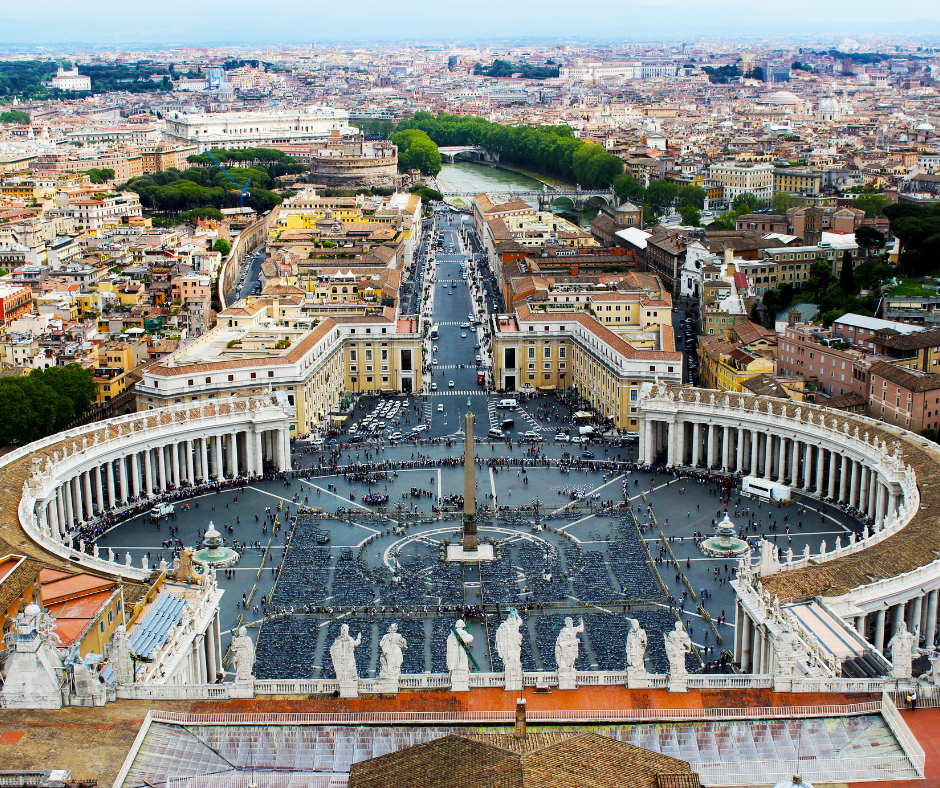
This approach to urban and regional planning offers a myriad of benefits that reverberate across environmental, social, health, and economic spheres.
Environmental
By minimizing the need for extensive commuting and prioritizing sustainable transportation, the 15-minute City significantly reduces carbon emissions, contributing to a healthier planet. Cities like Paris and Melbourne have embraced this model, witnessing a tangible decline in vehicular pollution and an improvement in overall air quality. The concentrated-walkable urban design minimizes the carbon footprint associated with daily activities.
Social
This urban planning concept fosters a vibrant arras of community engagement. Cities like Portland and Singapore, adopting the 15-minute city ethos, have reported increased social cohesion and a sense of place among residents. Reduced inequality is another social dividend according to the international socialist concept, as the deliberate co-location of services ensures that essential resources are equally accessible to all, irrespective of socioeconomic background.
Health
Adopting a 15-minute city model promotes increased physical activity as residents opt for walking or cycling to nearby destinations. This shift positively impacts public health as per world health organization, with reduced stress levels and enhanced overall well-being. Notable examples, such as Dublin and Rome, have witnessed a surge in active lifestyles and a decline in sedentary habits.
Economic
Local businesses flourish in the 15-minute city environment. Cities like Melbourne and Dublin have experienced a renaissance of local councils and local economies as residents prioritize nearby shops and services. This not only bolsters the economic vitality of complete neighborhoods but also generates job opportunities for the city dwellers within the community, strengthening the local socioeconomic fabric.
In essence, the 15-minute City is a transformative urban design or model that not only reshapes landscapes but also offers tangible and multifaceted benefits, like public transit -creating cities that are environmentally sustainable, socially connected, and economically resilient. The ripple effects of this paradigm extend beyond the confines of urban planning, bringing a holistic and harmonious urban experience for residents.
Challenges and Criticisms
Balancing the ideal urban density for a 15-minute city against the risk of potential overcrowding in densely populated neighborhoods in many cities is difficult. Ensuring affordability and preventing gentrification, aiming for equitable distribution of resources among residents, is also challenging.
There are hurdles in implementing the 15-minute city concept in existing urban and metropolitan areas with established infrastructure compared to new developments. Maintaining the delicate balance required between preserving historical areas and meeting the modern needs of urban dwellers can be complex. The financial hurdles associated with transitioning to 15-minute neighborhoods in residential areas, particularly in cases where infrastructural development is required from scratch, are also restrictive.
Case Studies
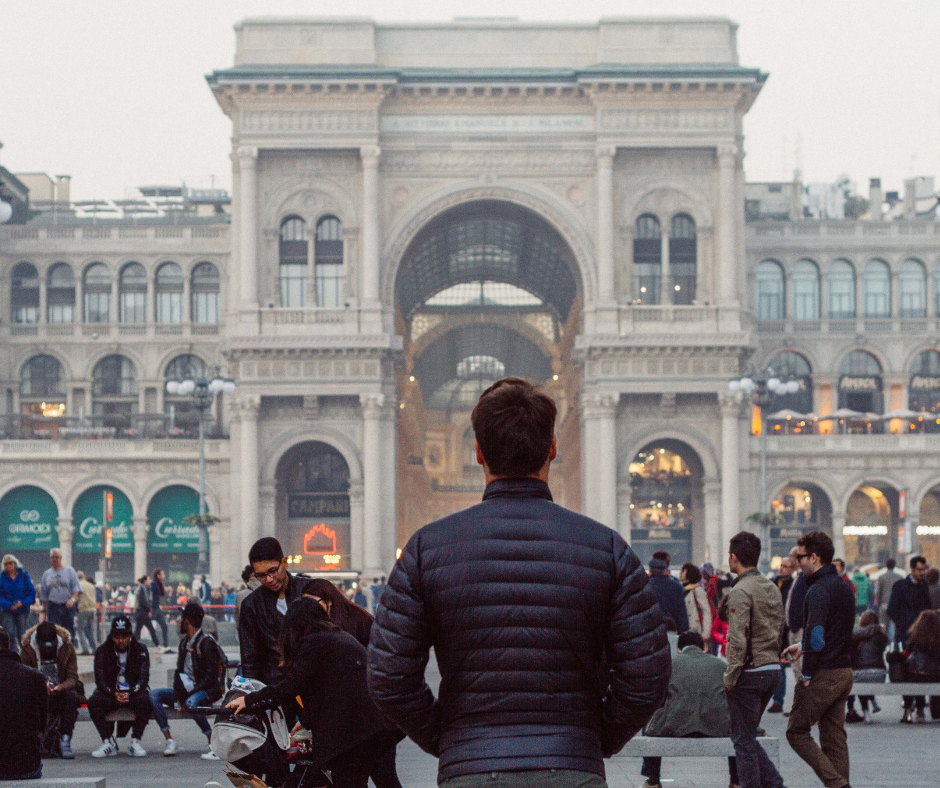
The 15-Minute City concept, though a recent formal articulation, has seen partial implementation globally. Cities such as Paris, Portland, Singapore, Melbourne, Dublin, and Rome have adopted elements of this urban planning model like nearby grocery stores, reshaping residential land to enhance accessibility, sustainability, and community vitality within a short radius of residents’ homes.H3 Paris, France
Under the leadership of Paris Mayor Anne Hidalgo, the city has emerged as a trailblazer in the implementation of the 15-Minute City concept. The initiative, not originating from Hidalgo’s team, envisions urban dwellers having all daily necessities within a 15-minute walk or cycle. Hidalgo’s administration actively transforms streets, prioritizing pedestrians and cyclists, reducing car-centric spaces, and endorsing local businesses.
Substantial investments in cycling infrastructure and public transportation underscore Paris’s commitment to this urban revolution. Despite a head start with existing amenities, challenges include enhancing green spaces, addressing healthcare gaps, and redefining work-related commutes. The City’s visible changes, notably expanding cycle lanes exemplify a commitment to fostering accessible, sustainable, and community-centric urban living.
Melbourne, Australia
Melbourne, Australia, has adopted the ethos of the 15-Minute City through its innovative 20-Minute Neighborhoods pilot program for the urban sprawl. Aligned with the principles of the 15-Minute City, this initiative envisions vibrant neighborhoods where daily needs are met within a 20-minute walk from home.
Launched under the Plan Melbourne 2017–2050 strategy, the program focuses on enhancing local access to public transportation, services, and green spaces. In practice, it seeks to create inclusive, vibrant, and healthy neighborhoods with hallmarks such as pedestrian-friendly environments, high-quality public spaces, diverse services, and thriving local economies.
Investments in walkability, cycle routes, and community engagement demonstrate Melbourne’s commitment to this vision in their local economy. As the City transforms, the 20-Minute Neighborhoods initiative emerges as a pivotal step towards sustainable urban development, fostering health, social connectivity, and economic vitality.
Portland, Oregon, USA
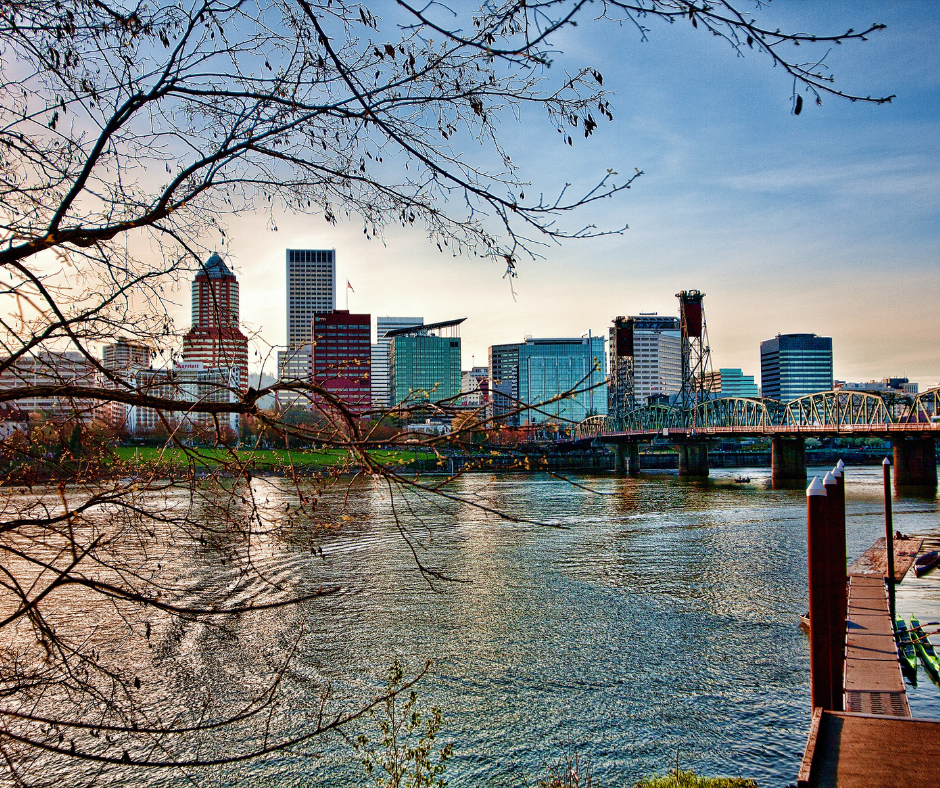
Portland, Oregon, stands at the forefront of urban planning, implementing a transformative strategy embedded in its Comprehensive Plan. The City envisions the development of “complete neighborhoods,” where the majority of residents’ daily needs are conveniently accessible within a short walk or bike ride. This commitment aligns with the Portland Climate Action Plan, aiming for 90 percent of the City’s population to easily reach all essential, non-work necessities by walking or biking by 2030.
Portland’s progressive approach includes the enhancement of bike lanes, fostering neighborhood-based living, and a meticulous anti-displacement action plan. Rooted in community participation, Portland’s pursuit of 20-minute neighborhoods reflects a dedication to urban equity, environmental sustainability, and resilient-connected and healthy communities.
Barcelona, Spain
In the heart of Barcelona, Spain, a groundbreaking initiative, the “Superblocks” program, is reshaping the urban landscape. Spearheaded under the visionary leadership of Mayor Ada Colau, this innovative urban planning strategy introduces mini-neighborhoods where pedestrians and community spaces take precedence over car traffic. Within these designated superblocks, streets are transformed into vibrant pedestrian havens, fostering community engagement and reducing air pollution.
Pioneered in the Poblenou neighborhood, the initiative has yielded a remarkable 31% surge in ground-level commercial establishments, underscoring its positive impact on local businesses. Barcelona’s commitment to the 15-minute city concept is evident in this multifaceted approach, redefining public spaces, enhancing walkability, and reinforcing the City’s position as a sustainable and people-centric metropolis. Barcelona’s implementation of the 15-minute city model not only addresses immediate needs but also charts a resilient and ecologically conscious path for future urban development.
Copenhagen, Denmark
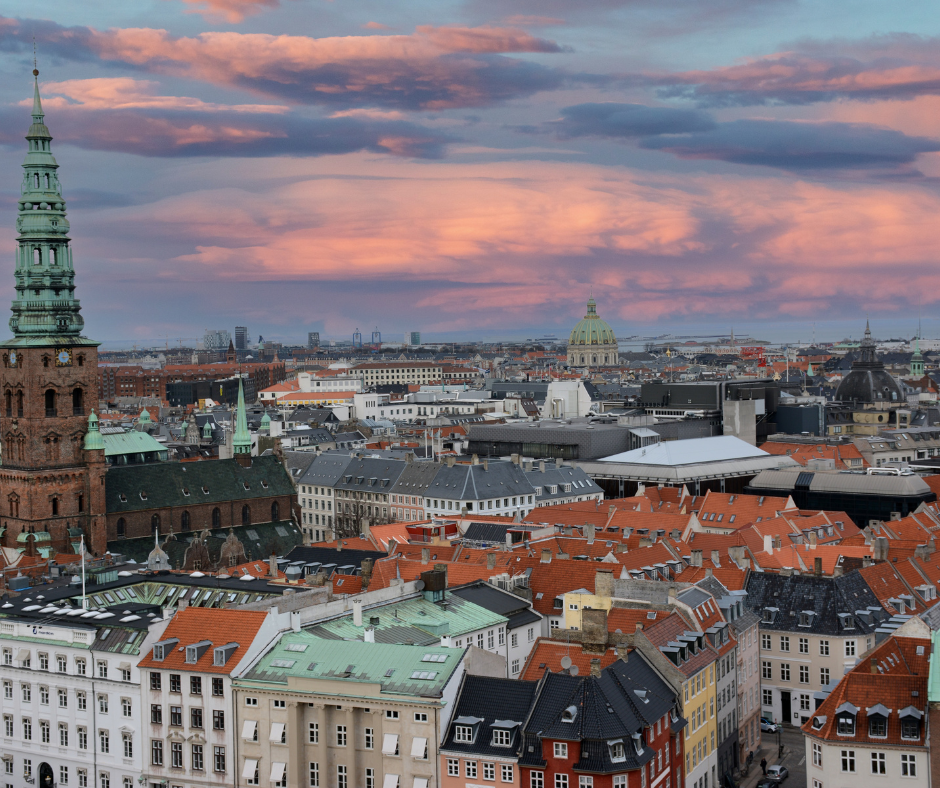
Renowned for its cycling culture and commitment to sustainable urban living, Copenhagen, Denmark, stands as a beacon of walkability. The City’s embrace of 15-minute city principles is evident in its focus on compact city, mixed-use neighborhoods and a comprehensive network of bike lanes. Copenhagen consistently secures its position among the world’s most walkable cities with wide sidewalks, dedicated cycling lanes, and vibrant pedestrian-only zones.
This strategic urban design not only promotes accessibility but also fosters a sense of community and well-being by offering affordable housing. By prioritizing pedestrian and cycling infrastructure, Copenhagen exemplifies a city where daily needs are seamlessly met within a short stroll or bike ride, contributing to formation of green corridors for healthier, and more connected urban environment.
Helsinki, Finland
In Helsinki, Finland, visionary city planning is steering towards a future where car ownership becomes obsolete by 2025. With a strategic focus on robust public transportation and ensuring essential services are within a short distance for every resident, Helsinki exemplifies a commitment to sustainable urban living. As a global example of a well-functioning city, Helsinki grapples with modern challenges, including climate change and an aging population.
The City’s pledge to achieve carbon neutrality by 2035 stands as a testament to its environmental commitment, with aspirations to surpass this goal. Concurrently, Helsinki is adapting to climate change’s consequences, safeguarding infrastructure and inhabitants’ well-being. Amid these efforts, biodiversity preservation and urban sustainability remain integral to the City’s decision-making.
Addressing the demographic shift, Helsinki navigates the complexities of an aging population while fostering a vibrant, diverse workforce. The City’s economic resilience hinges on strategic planning, efficient resource allocation, and a solid commitment to residents’ well-being. As Helsinki positions itself as a ’15-minute city,’ accessibility, sustainability, and adaptability are the keystones shaping its promising future.
Milan, Italy
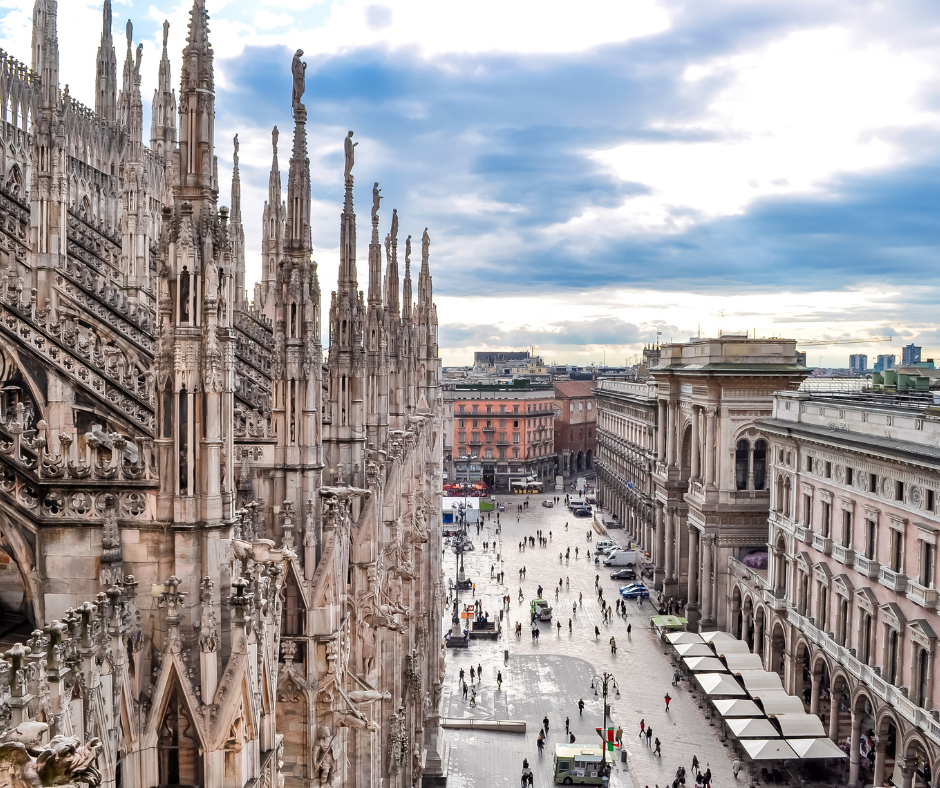
Amidst the global push for sustainable urban living, Milan, Italy, has emerged as a key player in the 15-minute city revolution. Post-COVID-19 lockdown, the City announced an ambitious transformation plan aimed at reducing car dependency and fostering cycling and walking. Initiatives include the conversion of streets to pedestrian and cyclist-friendly zones, the introduction of a 30 km/h speed limit on 60% of the road network, and comprehensive urban mobility plans.
Milan’s urban metamorphosis aligns with the visionary concept of the 15-minute City, where every resident has essential services and office spaces within a 15-minute walk or bike ride. Spearheaded by Mayor Sala, Milan’s polycentric development aims to bridge the gap between downtown and suburbia – creating an intrinsic balance among diverse neighborhoods. As the City embraces this paradigm shift, Milan sets the stage for a revolutionary period of opportunity and sustainable urban development.
Future Prospects and Potential Adaptations
The future prospects of the 15-minute city concept are deeply entwined with technological advancements, particularly the integration of smart city technologies. The rise of interconnected devices, data analytics, and artificial intelligence offers the potential to enhance urban efficiency. Smart infrastructure could optimize transportation, automate services, and facilitate real-time data-driven decisions, further streamlining the 15-minute city model.
Adapting the concept to diverse urban landscapes is essential for its global applicability as per the world economic forum. While large metropolises might face challenges in reshaping established infrastructures, the emphasis would be on optimizing existing resources and leveraging technology. In contrast, small towns could faultlessly adopt the 15-minute city model, capitalizing on their inherent community structures. Customization based on population density, geographical constraints, and cultural nuances is crucial for ensuring the concept’s success in cities worldwide, promoting sustainable, livable environments for urban dwellers of varying contexts. As cities evolve, the 15-minute city concept could result in resilient, future-ready urban spaces.
Final Thoughts
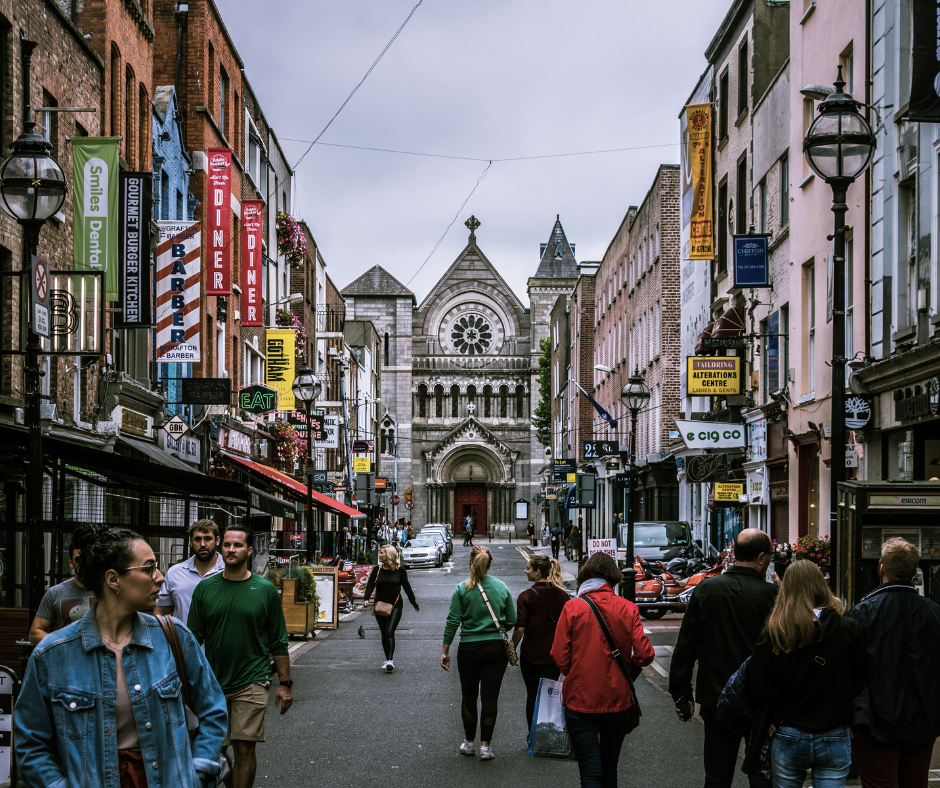
The 15-Minute City represents a revolutionary vision that holds significant promise for redefining urban living. By envisioning a city where essential services are within a 15-minute reach, this concept aims to enhance sustainability, community engagement, and overall quality of life.
The potential impact is profound, ranging from reduced carbon emissions through mass transit options and improved public health to the promotion of local economies and social equity. The model encourages a shift towards people-centric urban planning, fostering vibrant, interconnected communities.
While feasibility depends on adaptive urban policies of the local government and technological integration, the 15-Minute City is undeniably desirable by city leaders across the globe. Its emphasis on proximity, sustainability, and community aligns with the evolving needs of urban dwellers. As we traverse challenges like climate change and population growth, the 15-Minute City emerges as a holistic, forward-thinking approach that not only addresses current urban issues but also sets the stage for resilient and thriving cities of the future.
By Anila Hasnain.








